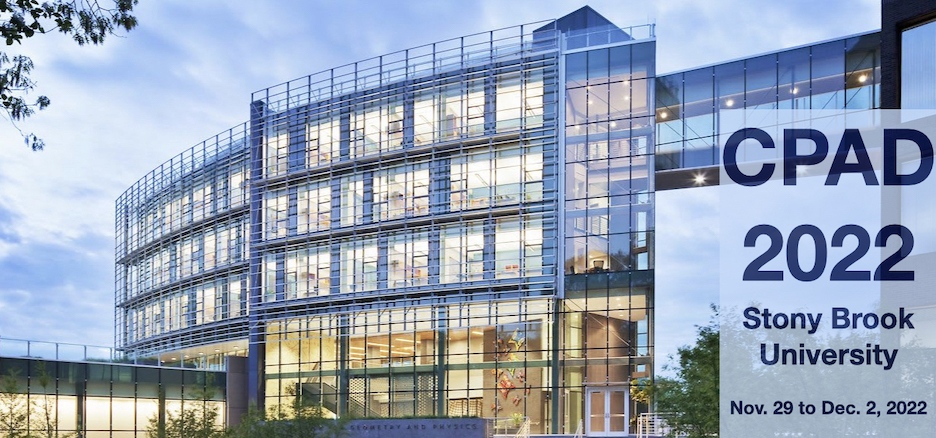Speaker
Description
Here we describe the physics behind the pixel based accelerated aging method of the microchannel plate-photomultiplier tubes (MCP-PMTs) developed at the University of Texas at Arlington. In this fast lifetime testing method, a highly localized region of the MCP-PMT is exposed to photons at a high repetition rate. The pixel-based testing method was inspired by our previous research that has shown that the radiation effects of a pixel-based exposure are highly localized with minimal damage beyond the exposed area. We utilize the pixel based accelerated lifetime testing to investigate the aging behavior of a 20 cm × 20 cm Large Area Picosecond Photodetector (LAPPD) by INCOM Inc which also has the largest active area among the commercially available planar photodetectors. The reasonably high gain of the LAPPD even at high event rates allow us to extract large current densities and thus, measure the onset of the performance degradation in reasonable time frames. In this work, we will discuss the initial results from an ongoing lifetime testing of the LAPPD. We will show the pre-test performance of the LAPPD MCP-PMT along with its performance as a function of extracted charge per unit area.
1This work was supported by DOE Grant DE-SC0011686

